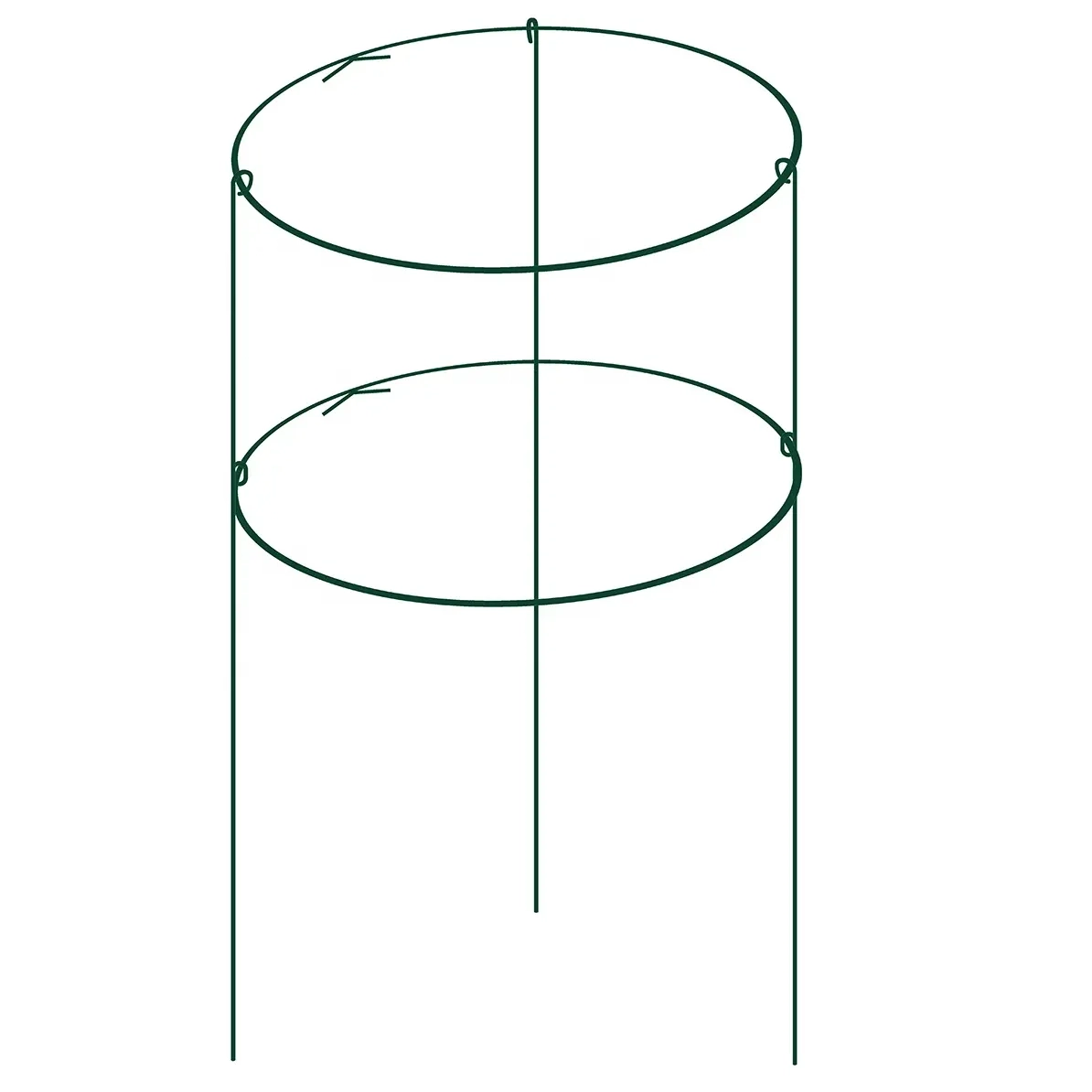Plant support serves several important purposes in gardening and agriculture:
Preventing Damage
• Plant support structures, such as stakes, cages, or trellises, help prevent damage to plants caused by heavy fruit or foliage. Without support, plants like tomatoes, peppers, or cucumbers may bend or break under the weight of their produce.
Optimizing Sunlight Exposure
• By training plants to grow upright or in specific directions using supports, gardeners can ensure that all parts of the plant receive adequate sunlight. This maximizes photosynthesis and promotes healthy growth.
Promoting Air Circulation
• Properly supported plants have better air circulation around their leaves and fruits, which reduces the risk of fungal diseases like powdery mildew or botrytis. Good air circulation also helps in pollination and reduces the likelihood of pests infesting the plant.
Space Optimization
• Vertical gardening techniques, such as using trellises or stakes, allow gardeners to make the most of limited space by growing plants upward rather than outward. This is particularly beneficial for small gardens or urban spaces.
Improving Aesthetic Appeal
• Well-supported plants are not only healthier but also look more attractive. Trellises, arbors, or decorative stakes can add visual interest to a garden while providing support to climbing plants like vines or peas.
Facilitating Harvesting
• Support structures make it easier to access and harvest fruits, vegetables, or flowers. For example, trellises for climbing beans or cucumbers allow for easy picking, while cages or stakes keep sprawling plants like indeterminate tomatoes organized for harvesting.
Encouraging Proper Growth
• Certain plants, like certain varieties of roses or flowering vines, require support to grow in their desired form or to prevent them from becoming tangled or damaged.
Overall, plant support is a crucial aspect of gardening and agriculture that helps maintain plant health, optimize growing conditions, and improve both yield and aesthetics.







